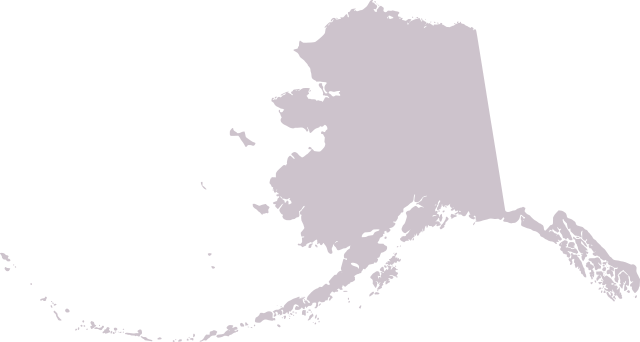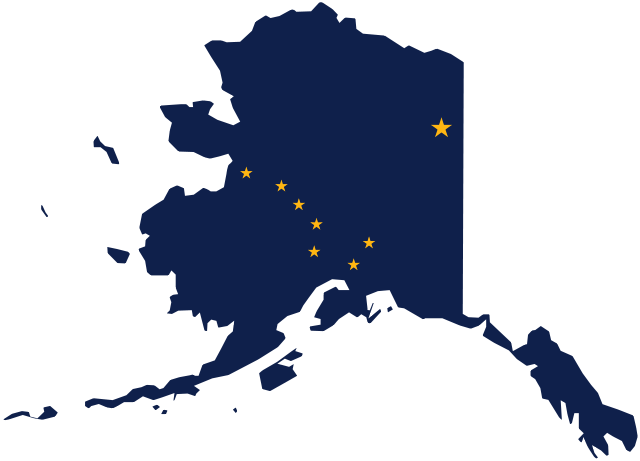
Most of the news coming out about pension contributions lately has centered on states who aren’t paying enough. But this news item is different–this is about a state going above and beyond the call of duty to try and fund its struggling pension system. That state is Alaska:
Moving to preserve the state’s top credit ratings, Republican Governor Sean Parnell signed legislation last month that takes the unprecedented step of tapping Alaska’s budget-reserve account to pay unfunded pension liabilities. It will pull $3 billion from the pool to reduce a $12 billion gap.
Home to the nation’s third-largest onshore oil reserve, Alaska gets 90 percent of its operating budget from crude-production taxes and royalties. It’s been saving oil proceeds for decades for when the wells run dry. Alaska is just one of nine states with top scores from Moody’s Investors Service and Standard & Poor’s, and it’s seen how pension deficits have hurt the credit standing of states such as New Jersey and Illinois.
“A year ago when I went to New York City and spoke with the rating agencies to make sure that we maintained our AAA financial credit rating on our bonds, they identified our unfunded pension liability as the single biggest risk,” Parnell said during a signing of the bill June 23 in Juneau.
In all, Alaska will put $1 billion in its PERS fund and $2 billion in its TRS fund. The system, which sports a funding ratio of just under 60 percent, is one of the unhealthiest in the United States.
It’s already figuring out where to put the PERS money. According to Pensions & Investments, $400 million will go to international managers, $200 million to a State Street Advisors Russell 1000 Index Fund, and a combined $400 million will go to fixed-income investments.
Alaska’s money-shifting is just one change to the state’s pension landscape. The other: a recently implemented law that extends the amortization period to 2039 and requires future contributions to be calculated based on level pay amortization. The goal: to boost the funding levels of PERS and TRS to 68.8% and 73.3%, respectively. But state municipalities don’t quite share that vision, mostly, they say, because much of the cost will fall to them.
Extending the amortization period, the time over which that debt would be paid, is comparable to the difference between a 15-year and a 30-year mortgage, [Alaska Retirement Management Board member] Kris Erchinger said. Essentially, the longer period allows lower monthly payments, but at a much greater total cost.
“It’s a better deal for the folks who have to balance the budget today because they have to pay less today,” she said.
“But projections of decline in oil production — oil revenues — does not bode well for our ability to pay those costs in the future,” Erchinger said.
While retirement board member Martin Pihl of Ketchikan joined Erchinger and others in praising the $3 billion, he doesn’t like the Legislature’s cost shift.
“I do have deep regret over what I feel is the unnecessary extension of the amortization period, bringing huge, huge, additional cost — like more than $2.5 billion to the people across Alaska — and forcing even greater numbers into state budgets down the line,” Pihl said.
That increased cost for municipalities stems from a 2005 deal in which state and local government officials negotiated a way to pay off the unfunded liability. It called for municipalities to pay an extra 22 percent of their payroll toward the back debt until it is paid off. Extending the amortization term by nine or 10 years increases the cities’ share while reducing the state’s share of that cost.
…
Board member Sam Trivette of Juneau said the level-percent-of-pay method adopted by the Legislature will result in less money going into the retirement trust funds initially, weakening them and driving up costs in the long run.
“That’s why we supported level-dollar,” he said. “A shorter amortization period saves everybody billions of dollars.”
Alaska’s oil revenues have allowed it to keep two rainy-day funds stocked with cash. The plan was always to use the funds to cover revenue shortfalls in years when oil prices drop, and to provide payouts to residents. But using the money for paying down pension obligations is a first:
One [rainy-day fund] is the $52.7 billion Alaska Permanent Fund, created in 1976 as the trans-Alaska pipeline neared completion. The pool was established to accumulate and invest oil-tax and royalty money in case the state runs out of crude and to give residents annual dividends. The payout was $900 in 2013 for every man, woman and child who met the residence requirement.
The second fund, the $12.7 billion Constitutional Budget Reserve, was created in 1990 as a rainy-day fund. Initially seeded with settlements from tax and royalty disputes with oil companies, the reserve plugs budget holes in years when oil prices drop and is supposed to be replenished in surplus years.
“Having an oil trust fund like that is unique,” said Keith Brainard, research director for the Lexington, Kentucky-based National Association of State Retirement Administrators. “I am not aware of a state that has dipped into reserve like this, at least in a substantial way like this, to pay down an unfunded liability.”

